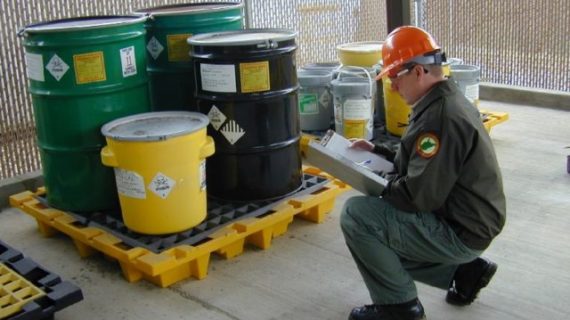The mission of the Resource Conservation and Recovery Act is to provide effective regulations and means to comprehensively manage solid and hazardous waste, from generation to disposal.
These regulations must be adhered to by any person or organization that deals with solid and hazardous waste, including the production, transportation, storage or disposal of the waste.
The Resource Conservation and Recovery Act program is overseen by the Environmental Protection Agency.
This Act was enacted in 1976, and was designed to oversee the life cycle of solid and hazardous waste as well as providing the means for its safe disposal.
The Act has been amended on a number of occasions to broaden the scope of the protection provided and to help to male the Act more comprehensive and efficient.
The operating principles of the Resource Conservation and Recovery Act are:
- To protect public health
- To protect the environment
- To reduce or eliminate hazardous waste generation
- To conserve natural resources
- To conserve energy
Hazardous waste under the Resource Conservation and Recovery Act must be solid waste, and the RCRA’s definition of this type of waste is:
“…garbage, refuse, sludge from a waste treatment plant, water supply treatment plant, or air pollution control facility and other discarded material, including solid, liquid, semisolid, or contained gaseous material resulting from industrial, commercial or mining and agricultural operations, and from community activities…”
The definition goes on to add a further description of solid waste:
“…solid or dissolved materials in domestic sewage, or solid or dissolved materials in irrigation return flows, or industrial discharges which are point sources subject to permits under Section 402 of the Federal Water Pollution Control Act . . . or source, special nuclear, or by-product material as defined by the Atomic Energy Act [AEA] of 1954…”
The RCRA also defines hazardous waste as:
“… a solid waste, or combination of solid wastes, which because of its quantity, concentration, or physical, chemical, or infectious characteristics may – (A) cause, or significantly contribute to an increase in mortality or an increase in serious irreversible, or incapacitating reversible, illness; or (B) pose a substantial present or potential hazard to human health or the environment when improperly treated, stored, transported, or disposed of, or otherwise managed.”






